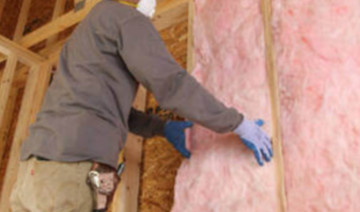
Insulation Upgrades: What Contractors Should Know Before Winter
Insulation plays a critical role in energy efficiency, comfort, and building performance—especially during the colder months. As fall rolls in, now is the time to assess and upgrade insulation before winter heating costs spike.
Signs a Building Needs an Insulation Upgrade:
-
Uneven heating or cooling
-
High energy bills
-
Drafts or cold zones near walls, windows, or attic spaces
-
Moisture buildup or mold issues
Common Insulation Types for Upgrades:
-
Fiberglass Batts: Affordable and easy to install, great for attics and wall cavities.
-
Spray Foam: Offers air sealing and high R-value, ideal for tighter spaces and energy-efficient builds.
-
Rigid Foam Boards: Useful for basement walls and exterior insulation applications.
Tips for Contractors:
-
Always inspect existing insulation for moisture damage or settling.
-
Seal air leaks before adding new insulation—this increases the effectiveness of the upgrade.
-
Review building codes for minimum R-values based on climate zone.
Whether retrofitting an older home or bringing a new project to code, proactive insulation upgrades ensure your clients stay comfortable—and energy efficient—all season long.
